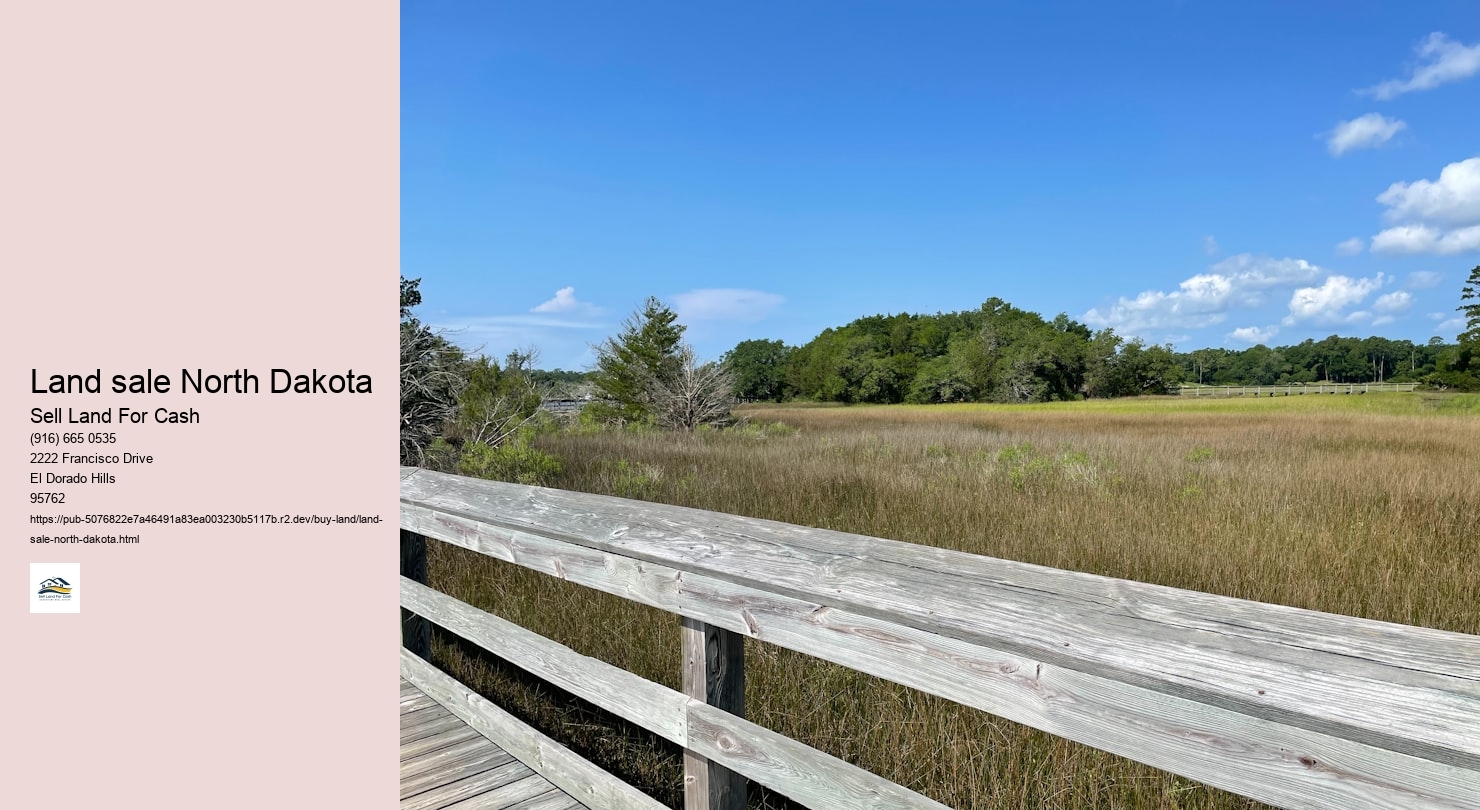

When selling North Dakota land, it is important to negotiate a fair price that accurately reflects the value of your property. Here are some tips to help you navigate the negotiation process successfully:
Understand the Market Trends: Before entering into negotiations, take the time to research and understand the current market trends in North Dakota. This will give you a better idea of what similar properties in your area are selling for and help you determine a realistic asking price.
Highlight the Unique Features: When presenting your land to potential buyers, make sure to highlight any unique features or amenities that set your property apart from others on the market. Emphasizing these aspects can help justify a higher price and make your land more appealing to buyers.
Be Flexible but Firm: Negotiation is all about finding a middle ground that satisfies both parties involved. While it's important to be flexible and willing to compromise during negotiations, it's also crucial to stand firm on certain aspects that are non-negotiable for you as a seller.
Seek Professional Help: Consider enlisting the help of a real estate agent or professional appraiser who has experience selling land in North Dakota. Their expertise can provide valuable insights and guidance throughout the negotiation process, helping you secure a fair price for your property.
Don't Rush Into Decisions: Lastly, it's essential not to rush into making decisions during negotiations. Take your time to carefully consider offers and counteroffers, weighing all factors before agreeing on a final price. Patience can often result in a more favorable outcome for both parties involved.
One challenge in selling North Dakota land is the limited pool of potential buyers. With North Dakota being a sparsely populated state, finding interested buyers can be difficult. To overcome this challenge, sellers can consider marketing their land to out-of-state investors or developers who may see the potential in the property.
Another challenge is the fluctuating market conditions in North Dakota. The state's economy is heavily dependent on industries like agriculture and energy, which can be volatile. To navigate these challenges, sellers should stay informed about market trends and pricing strategies to ensure they are offering their land at a competitive price.
Additionally, the remoteness of many rural properties in North Dakota can be a hurdle for potential buyers. To address this challenge, sellers can highlight the unique benefits of owning land in a peaceful and secluded location, such as privacy and access to outdoor recreational activities.
Selling land in North Dakota can also be complicated by legal issues surrounding mineral rights or easements. Sellers should conduct thorough research on their property's title and seek professional assistance if needed to resolve any legal complexities before listing their land for sale.
Furthermore, environmental factors such as flooding or soil quality can impact the desirability of North Dakota land. Sellers should provide detailed information about these factors to prospective buyers and offer solutions or mitigation strategies to address any concerns that may arise.
Finally, competition from other land listings in North Dakota can pose a challenge for sellers. To stand out in a crowded market, sellers should invest in professional photography and marketing materials that showcase the unique features of their property. Additionally, pricing competitively and offering flexible financing options can help attract more interest from potential buyers.
North Dakota ( /dəˈkoʊtə/ ⓘ də-KOH-tə) is a landlocked U.S. state in the Upper Midwest, named after the indigenous Dakota Sioux. It is bordered by the Canadian provinces of Saskatchewan and Manitoba to the north and by the U.S. states of Minnesota to the east, South Dakota to the south, and Montana to the west. North Dakota is part of the Great Plains region, characterized by broad prairies, steppe, temperate savanna, badlands, and farmland. North Dakota is the 19th-largest state, but with a population of less than 780,000, it is the fourth-least populous and fourth-most sparsely populated. The state capital is Bismarck while the most populous city is Fargo, which accounts for nearly a fifth of the state's population; both cities are among the fastest-growing in the U.S., although half of all residents live in rural areas.
What is now North Dakota was inhabited for thousands of years by various Native American tribes, including the Mandan, Hidatsa, and Arikara along the Missouri River; the Ojibwe and Cree in the northeast; and several Sioux groups (the Nakota, Dakota, and Lakota) across the rest of the state. European explorers and traders first arrived in the early 18th century, mostly in pursuit of lucrative furs.
The United States acquired the region in the early 19th century, gradually settling it amid growing resistance by increasingly displaced natives. The Dakota Territory, established in 1861, became central to American pioneers, with the Homestead Act of 1862 precipitating significant population growth and development. The traditional fur trade declined in favor of farming, particularly of wheat. The subsequent Dakota Boom from 1878 to 1886 saw giant farms stretched across the rolling prairies, with the territory becoming a regional economic power. The Northern Pacific and Great Northern railway companies competed for access to lucrative grain centers; farmers banded together in political and socioeconomic alliances that were core to the broader Populist Movement of the Midwest. North and South Dakota were admitted to the Union on November 2, 1889, as the 39th and 40th states. President Benjamin Harrison shuffled the statehood papers before signing them so that no one could tell which became a state first; consequently, the two states are officially numbered in alphabetical order. Statehood marked the gradual winding-down of the pioneer period, with the state fully settled by around 1920. Subsequent decades saw a rise in radical agrarian movements and economic cooperatives, of which one legacy is the Bank of North Dakota, the only state-run bank in the U.S.
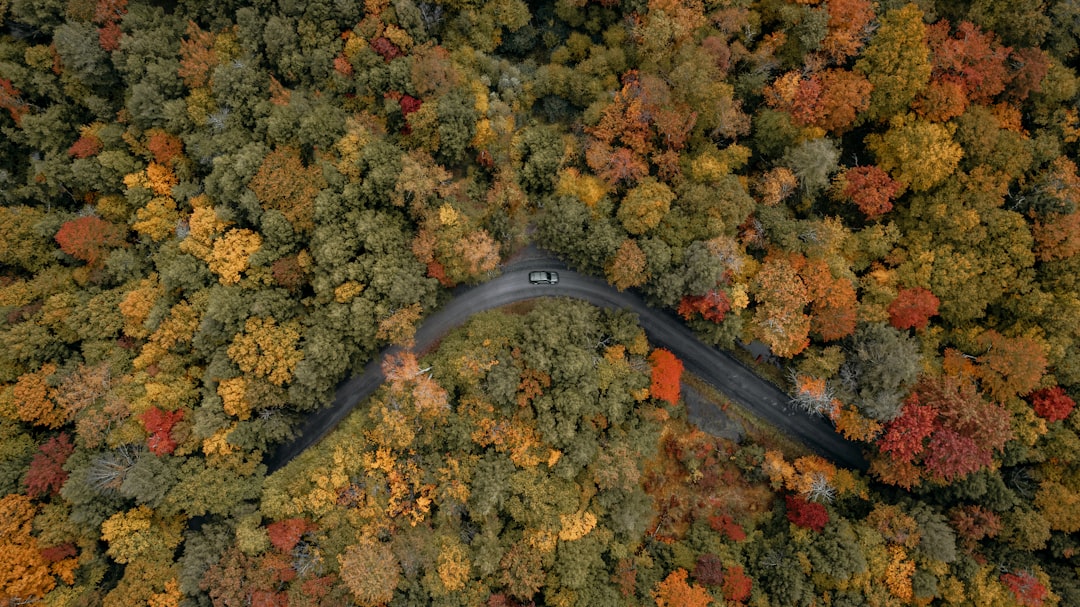
The vast expanses of North Dakota, with its rolling plains and endless horizons, have long been a symbol of the American heartland.. Known for its agricultural richness and natural beauty, this state has become an intriguing focal point for discussions on land value.
Posted by on 2024-03-10
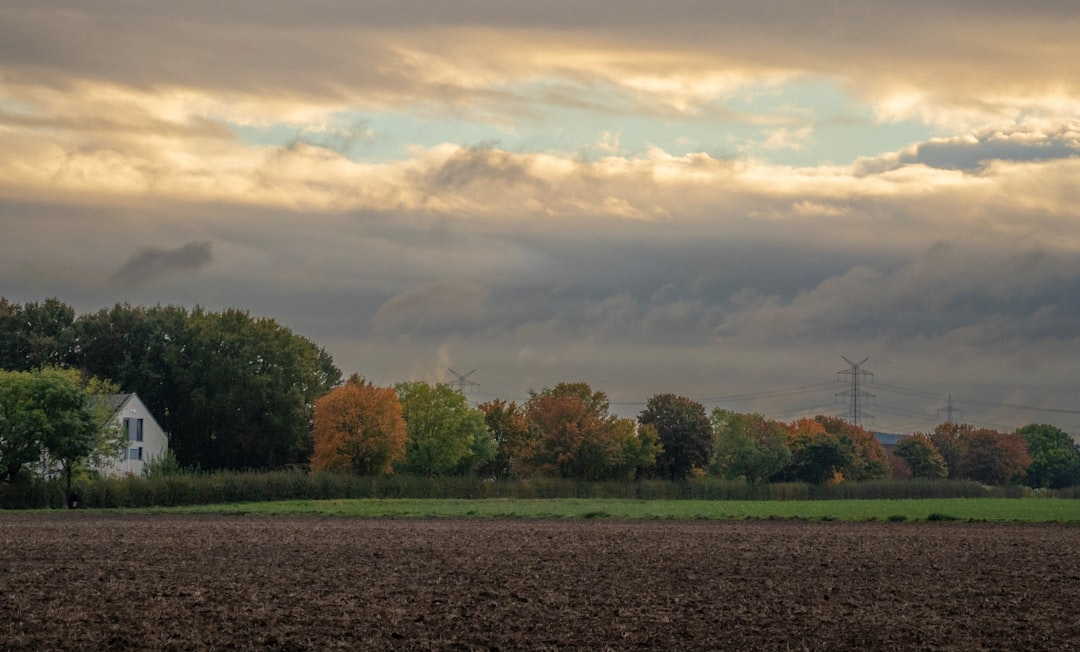
Selling land in North Dakota, especially for cash, is a venture that intertwines practicality with the nuances of local real estate dynamics.. The process demands not only an understanding of basic market principles but also an appreciation for the unique characteristics that make North Dakota land distinct and desirable.
Posted by on 2024-03-10
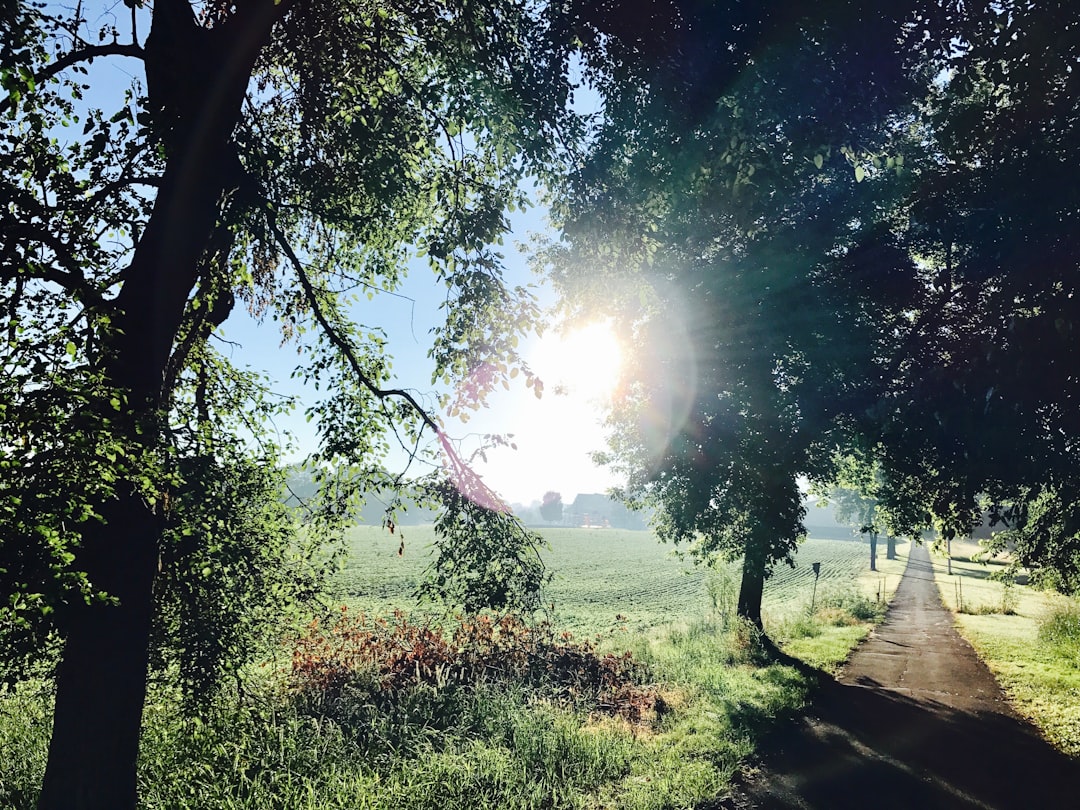
Selling land quickly for cash can be a daunting task, especially in a unique market like North Dakota.. Yet, with the right approach and understanding of the local real estate landscape, it is entirely possible to achieve a swift sale at a fair price.
Posted by on 2024-03-10
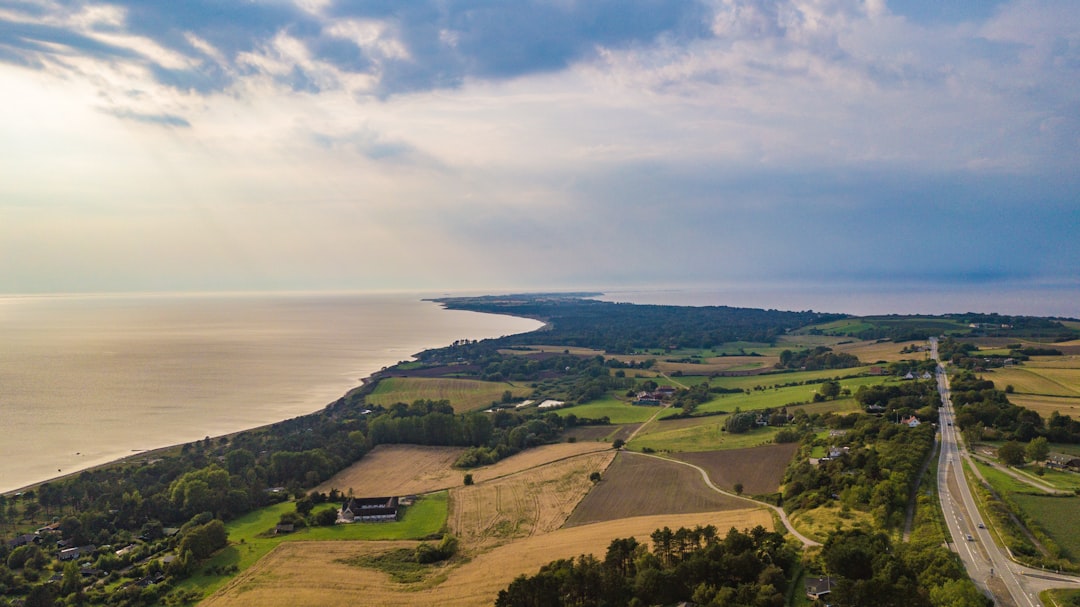
Selling land in North Dakota for cash can be both a rewarding and intricate process.. It involves several steps that require careful planning and execution to ensure a smooth transaction.
Posted by on 2024-03-10
When it comes to selling North Dakota land for cash, there are several important steps to keep in mind throughout the process. Whether you are looking to sell agricultural land, residential property, or commercial real estate, understanding the steps involved can help ensure a smooth and successful sale.
Researching the Market Before listing your North Dakota land for sale, it is important to research the current market conditions. This includes understanding the demand for land in your area, recent sales prices of similar properties, and any unique features that may impact the value of your land.
Determining the Value Once you have a good understanding of the market, it is time to determine the value of your North Dakota land. This can be done through a variety of methods, including hiring a professional appraiser or working with a real estate agent who specializes in land sales.
Preparing the Property Before listing your land for sale, it is important to ensure that it is in good condition and ready for potential buyers to view. This may involve making any necessary repairs or improvements, clearing debris or overgrown vegetation, and staging the property to showcase its potential.
Marketing and Listing Once your North Dakota land is ready for sale, it is time to market and list the property. This may involve creating online listings on real estate websites, advertising in local publications, hosting open houses or private showings, and working with a real estate agent to reach potential buyers.
Negotiating and Closing Finally, once you have received offers on your North Dakota land, it is time to negotiate with potential buyers and finalize the sale. This may involve counteroffers, inspections, appraisals, and ultimately closing on the sale with all necessary legal paperwork completed.

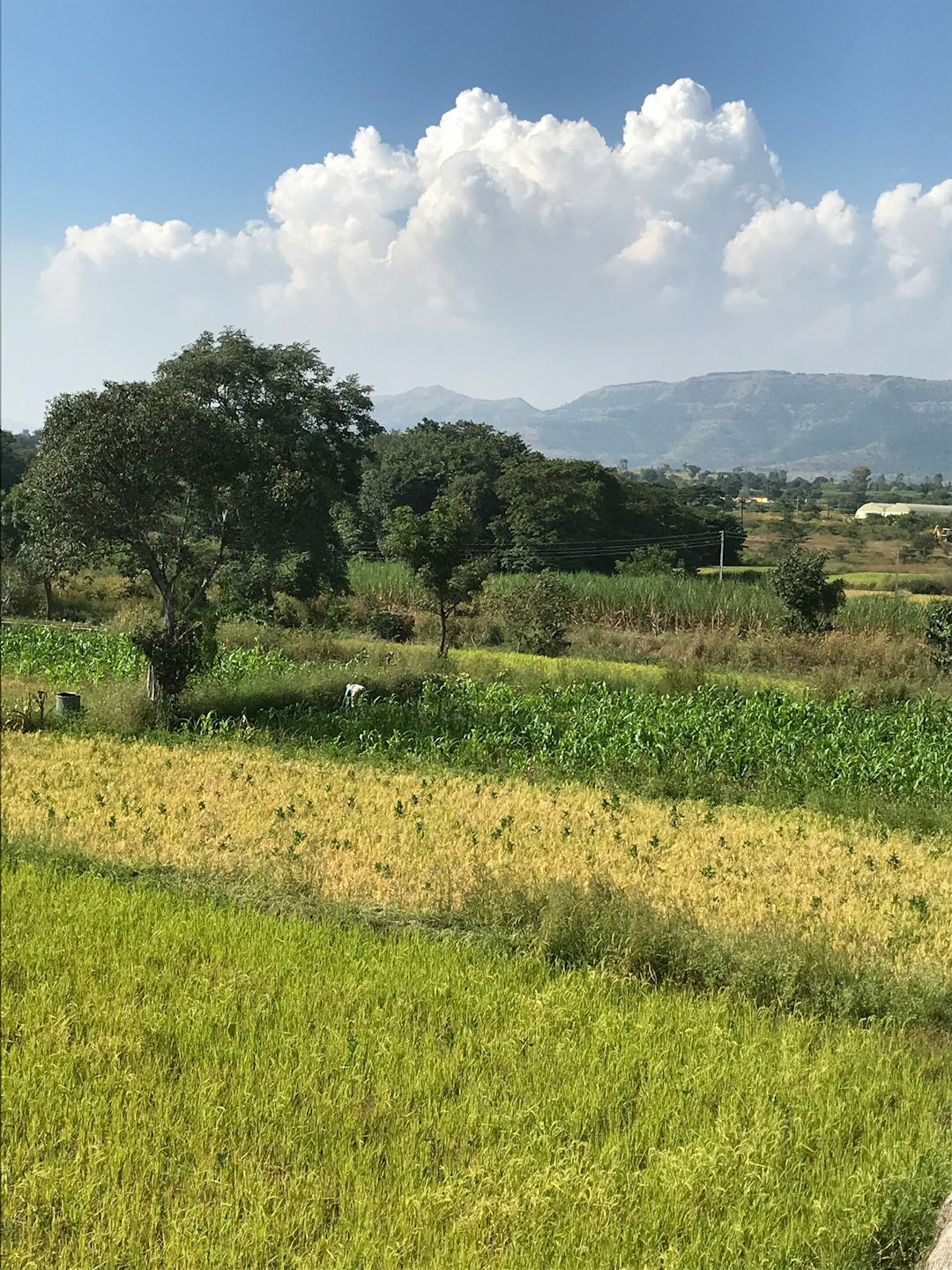
The value of North Dakota land when selling for cash can vary depending on several factors.
Location: The location of the land plays a significant role in determining its value. Land located near urban areas or with easy access to amenities such as schools, hospitals, and shopping centers tend to fetch a higher price compared to rural land.
Size and Shape: The size and shape of the land also impact its value. Larger parcels of land are generally more valuable, especially if they are suitable for development or agriculture. Irregularly shaped plots may be less desirable and therefore sell for less.
Zoning and Land Use Regulations: Zoning regulations and land use restrictions imposed by local authorities can affect the value of North Dakota land. Land designated for residential or commercial use typically commands a higher price than land zoned for agricultural purposes.
Market Conditions: Like any other commodity, the value of North Dakota land is influenced by market conditions. Factors such as supply and demand, interest rates, and economic trends can all impact how much a piece of land can sell for in cash.
Infrastructure and Access: The presence of infrastructure such as roads, utilities, and water sources can increase the value of North Dakota land. Easy access to transportation networks like highways or railways can also make a piece of land more attractive to potential buyers looking to purchase for cash.
Highlight the unique features of the land
When selling North Dakota land for cash, it is important to highlight the unique features that make the property stand out. Whether it is fertile soil for farming, access to water sources, or proximity to major highways or cities, showcasing these elements can attract potential buyers who are looking for specific qualities in a piece of land.
Utilize professional photography and virtual tours
High-quality photos and virtual tours can give potential buyers a better sense of what the land looks like and how it is laid out. Professional photography can capture the beauty of the landscape, while virtual tours provide an interactive experience that allows buyers to explore the property from their own homes. This visual representation can help generate interest and attract serious buyers.
Offer financing options
One way to attract more buyers when selling North Dakota land for cash is to offer financing options. Some buyers may not have all the cash upfront but are willing to pay in installments over time. By providing flexible financing options, you can appeal to a wider range of potential buyers who may be interested in purchasing your land.
Promote through online platforms and social media
In today's digital age, promoting your North Dakota land for sale on online platforms and social media can significantly increase visibility and attract more potential buyers. Utilize real estate websites, social media platforms like Facebook and Instagram, as well as online classifieds to reach a larger audience of interested buyers. Engaging with followers through regular updates and posts can also help keep your listing top-of-mind.
Work with a reputable real estate agent
Finally, partnering with a reputable real estate agent who specializes in selling North Dakota land can help attract qualified buyers efficiently. Real estate agents have access to networks of potential buyers, market expertise, and negotiation skills that can streamline the selling process and ensure you get the best possible deal for your land. Their knowledge of local market trends and regulations can also help navigate any complexities that may arise during the sale process.
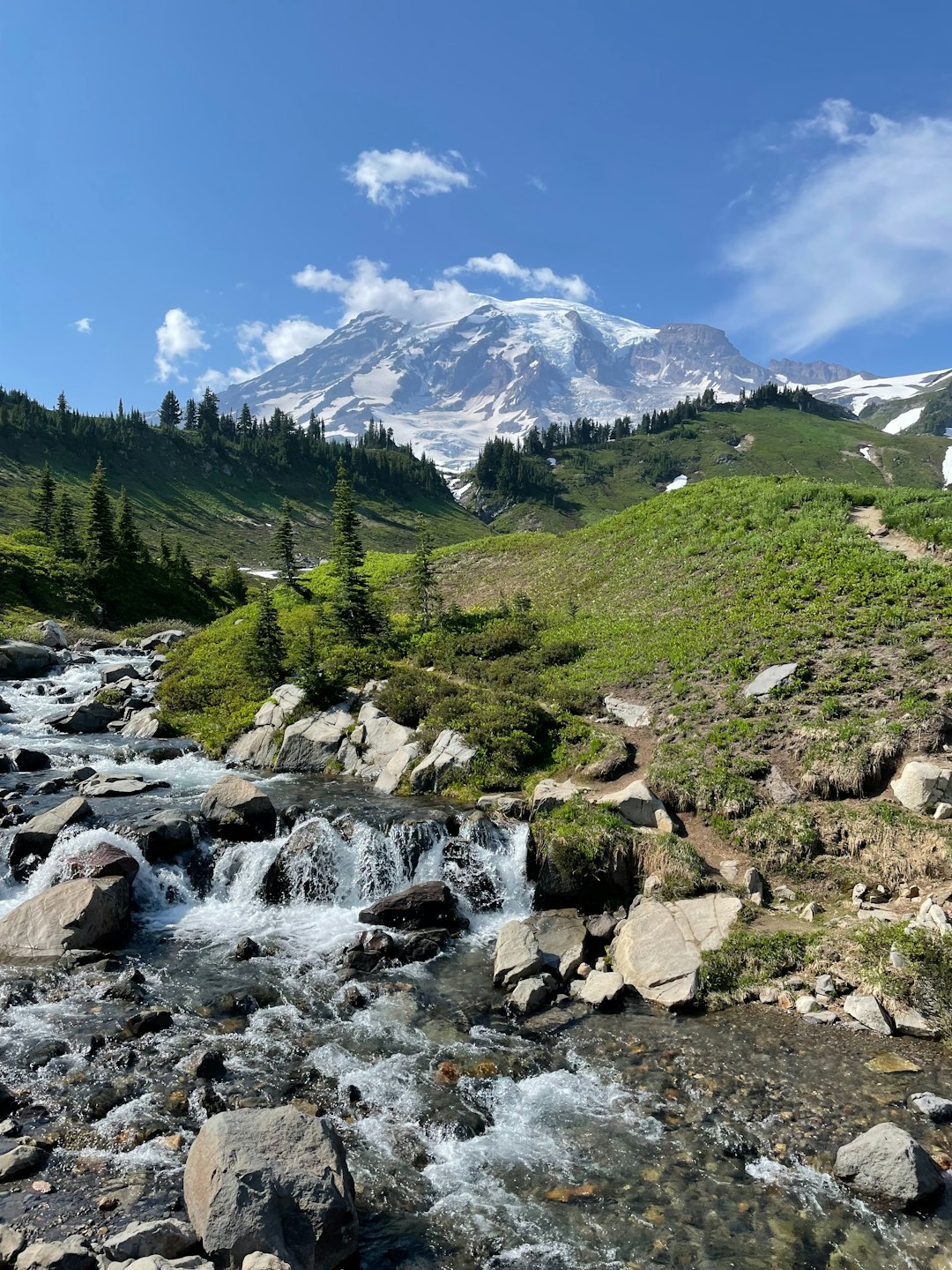
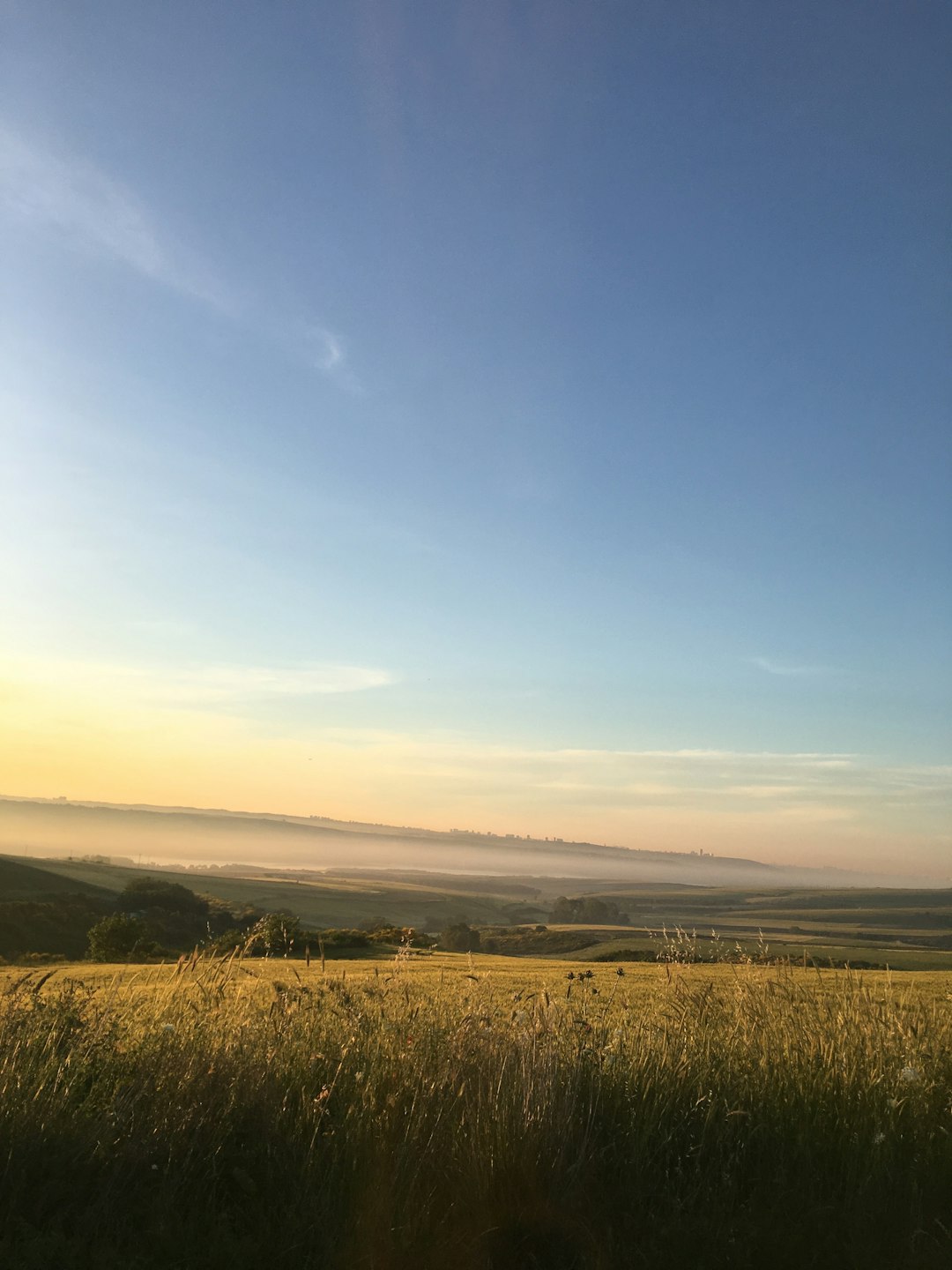
The market demand for North Dakota land sold for cash is currently strong, driven by various factors such as the state's booming economy, low interest rates, and increasing population growth. Investors are actively seeking opportunities to purchase land in North Dakota for cash transactions.
Cash Offers Preferred One key trend in the current market demand for North Dakota land is the preference for cash offers. Cash transactions are becoming more common as buyers seek to expedite the purchasing process and avoid potential complications that can arise with financing.
High Demand in Rural Areas Rural areas of North Dakota are experiencing particularly high demand from buyers looking to acquire land for various purposes such as agricultural expansion, recreational use, or development projects. This has led to increased competition and rising prices in these regions.
Investor Interest Investors are also showing a strong interest in purchasing North Dakota land for cash, viewing it as a stable long-term investment opportunity. With the state's growing economy and diverse industries, investors see potential for appreciation and returns on their investments.
Limited Inventory Despite the high demand for North Dakota land sold for cash, there is a limited inventory available on the market. This scarcity of listings has further fueled competition among buyers, leading to quick sales and potentially higher sale prices.
When considering selling North Dakota land for cash, there are several factors that can impact the potential profit you could make from the sale.
Factors to consider: One important factor to consider is the location of the land. Land located in desirable areas with high demand, such as near cities or major highways, will likely fetch a higher price than land in remote or less sought-after locations.
Another factor to consider is the size and quality of the land. Larger parcels of land with fertile soil or access to water sources may command a higher price than smaller or less productive plots.
Market conditions also play a significant role in determining potential profit. If there is high demand for land in North Dakota at the time of sale, you may be able to sell your property for a higher price than if market conditions are less favorable.
Lastly, it's important to consider any additional costs associated with selling the land, such as real estate agent fees or closing costs. Factoring these expenses into your calculations will give you a more accurate idea of your potential profit when selling North Dakota land for cash.
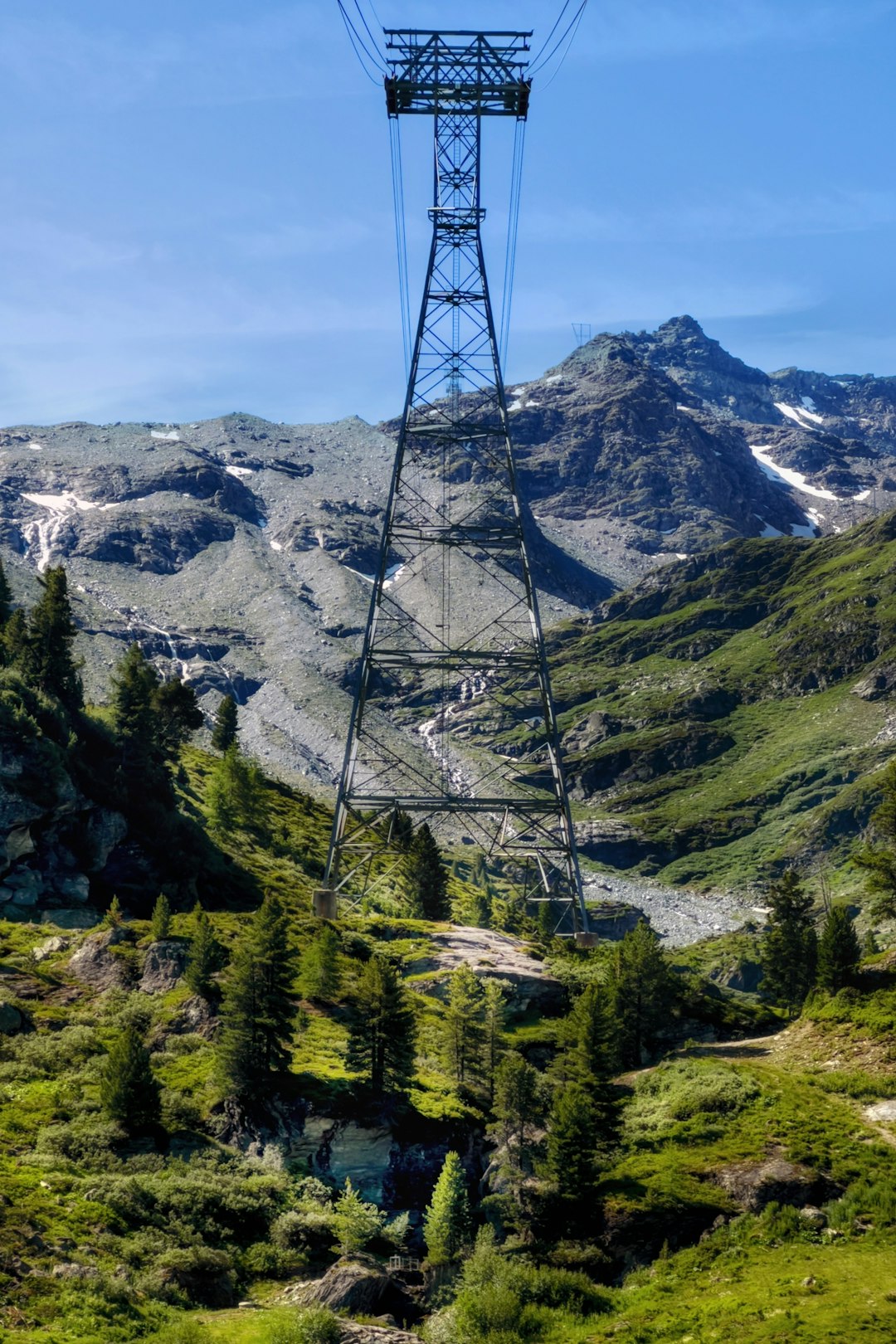
The closing process typically involves title verification, signing transfer documents at a title company or attorney's office, and receiving payment.
Yes, you can negotiate directly with buyers if you're not using an agent. Be prepared to discuss terms like closing costs and timelines.